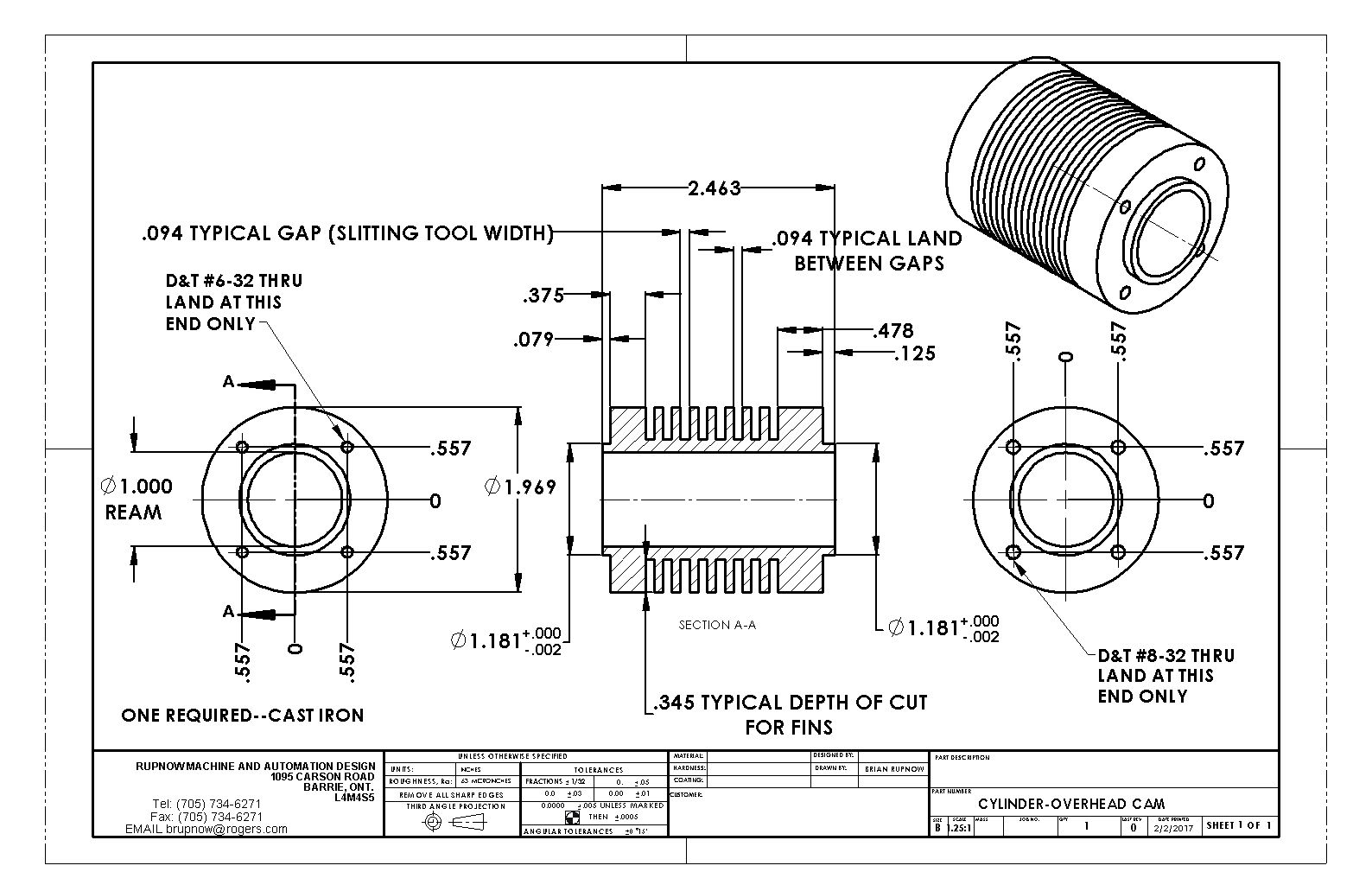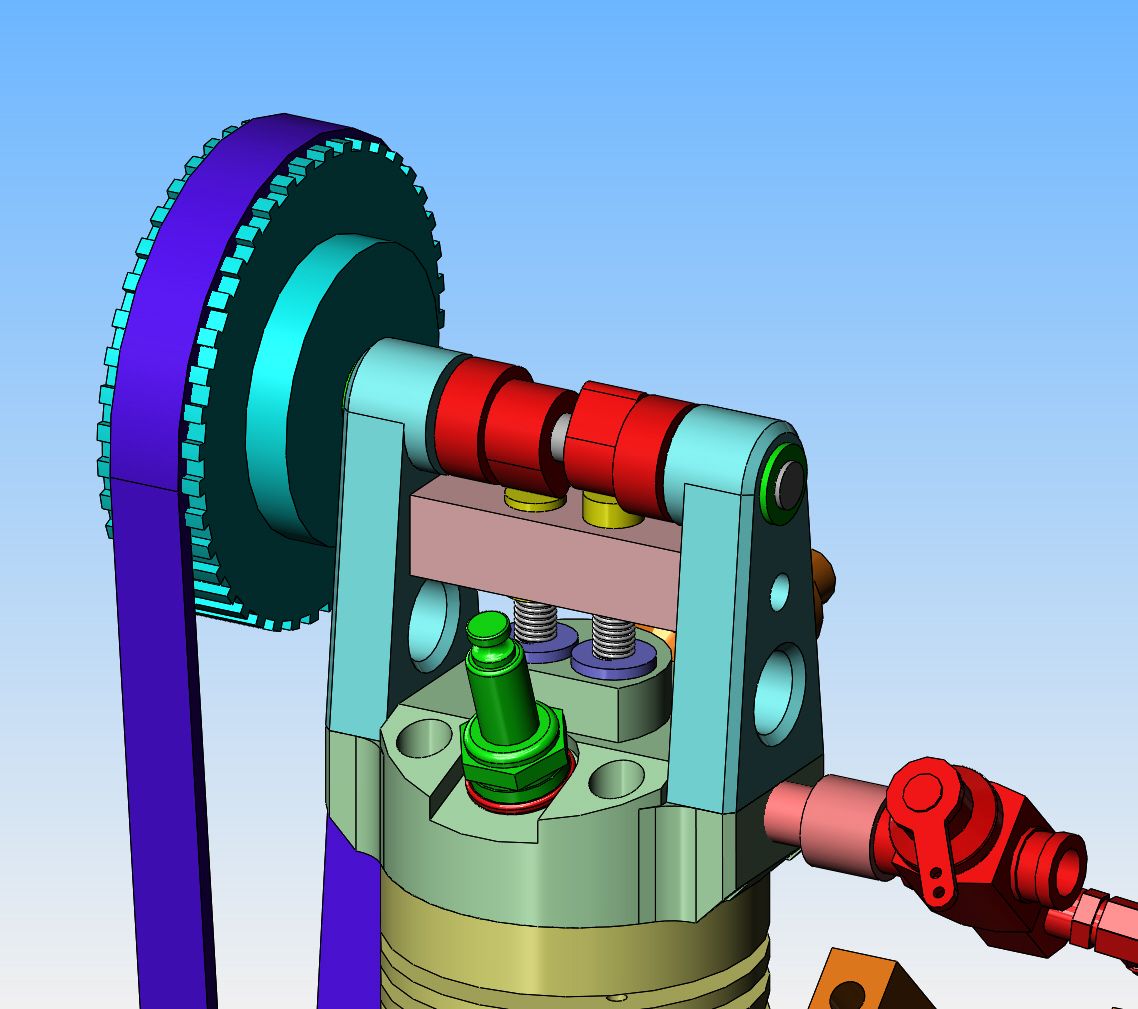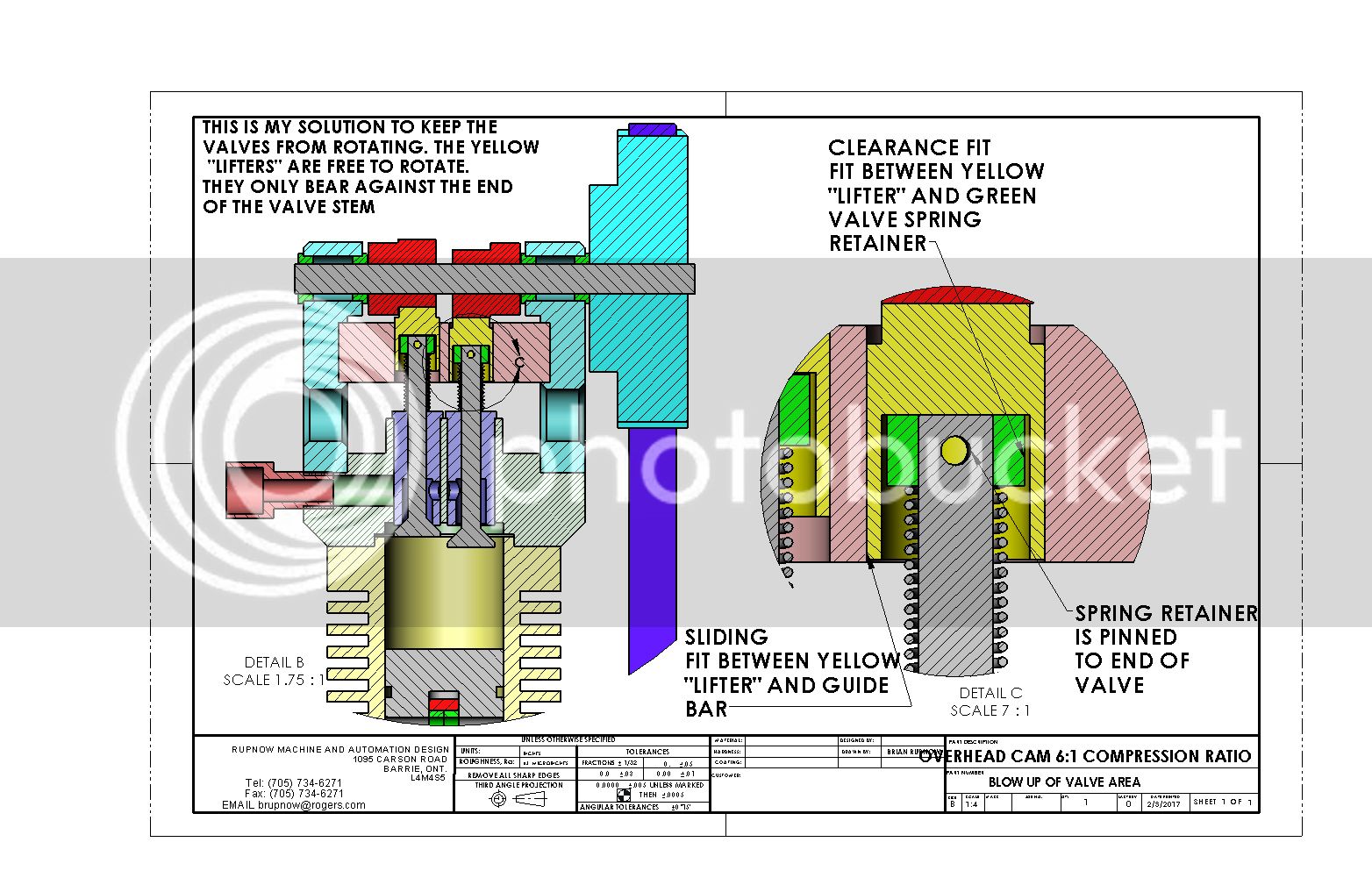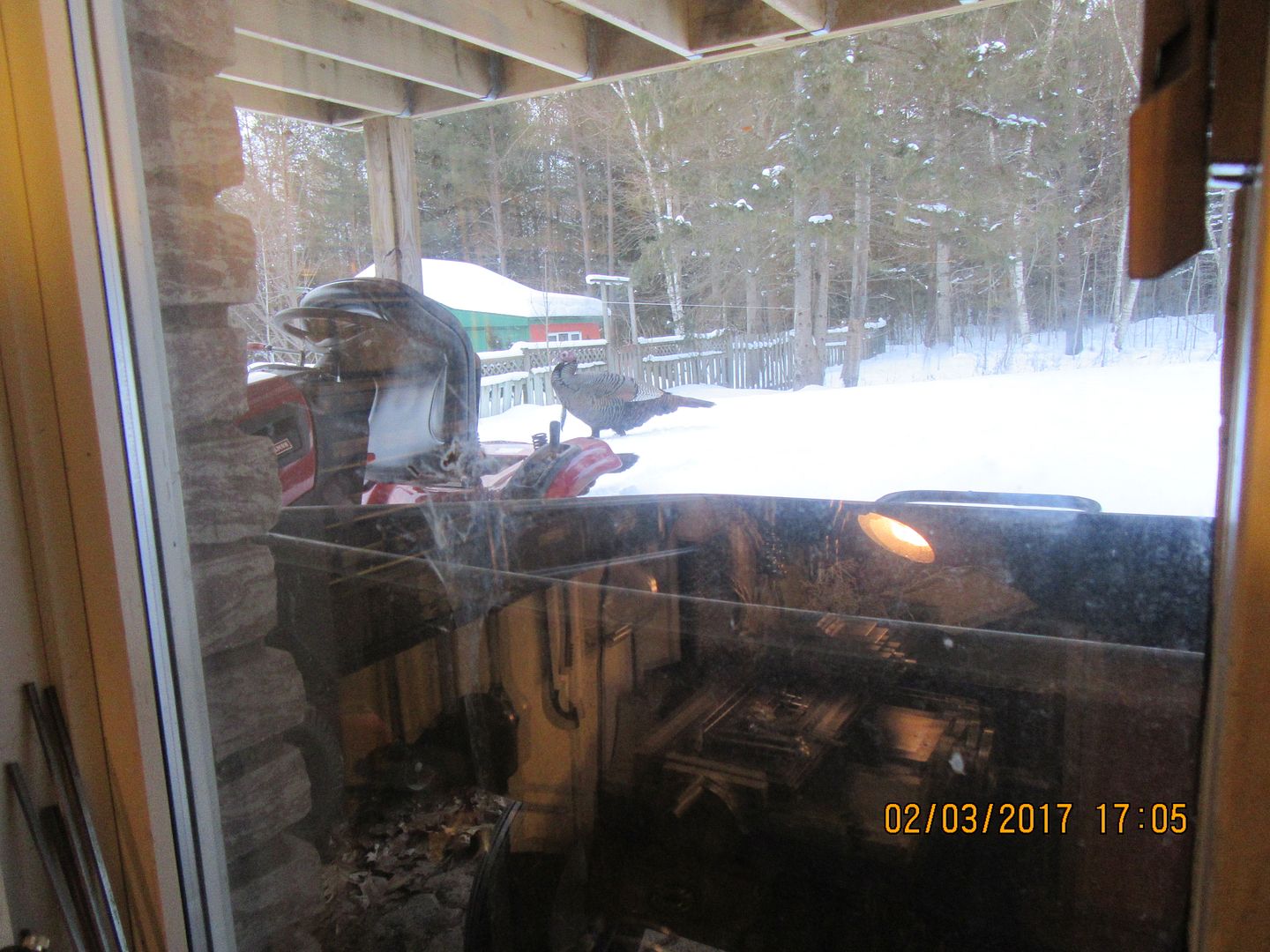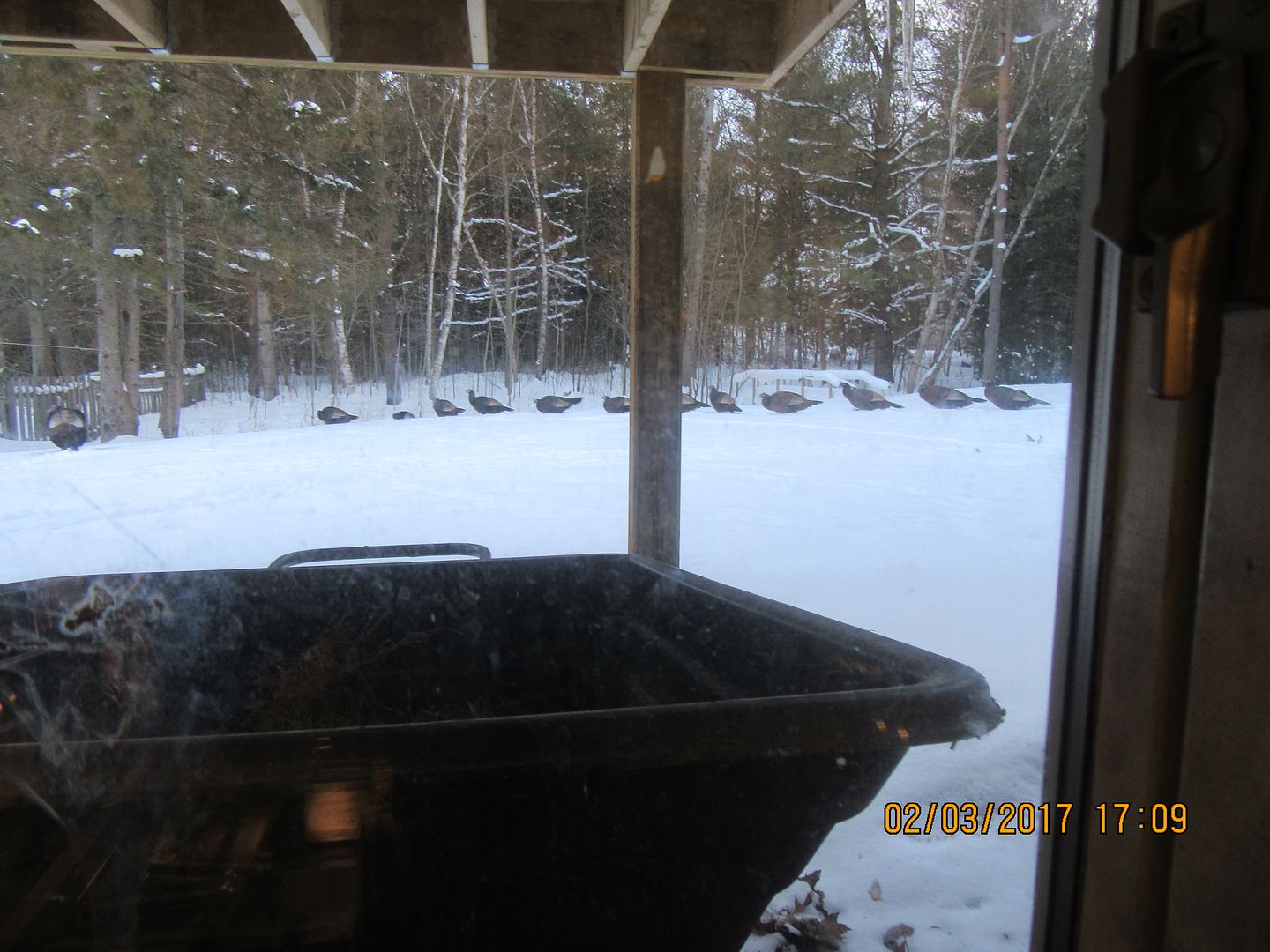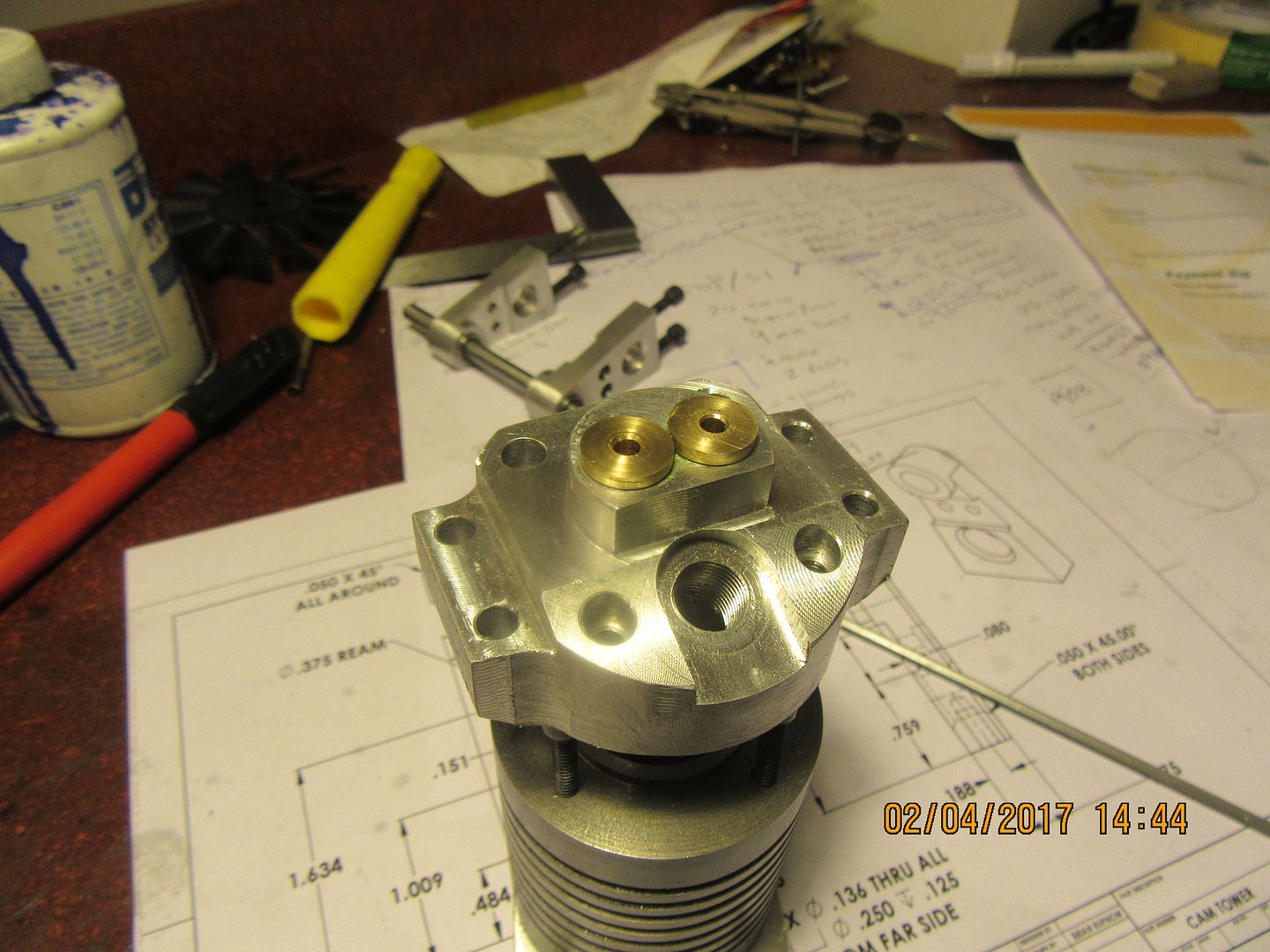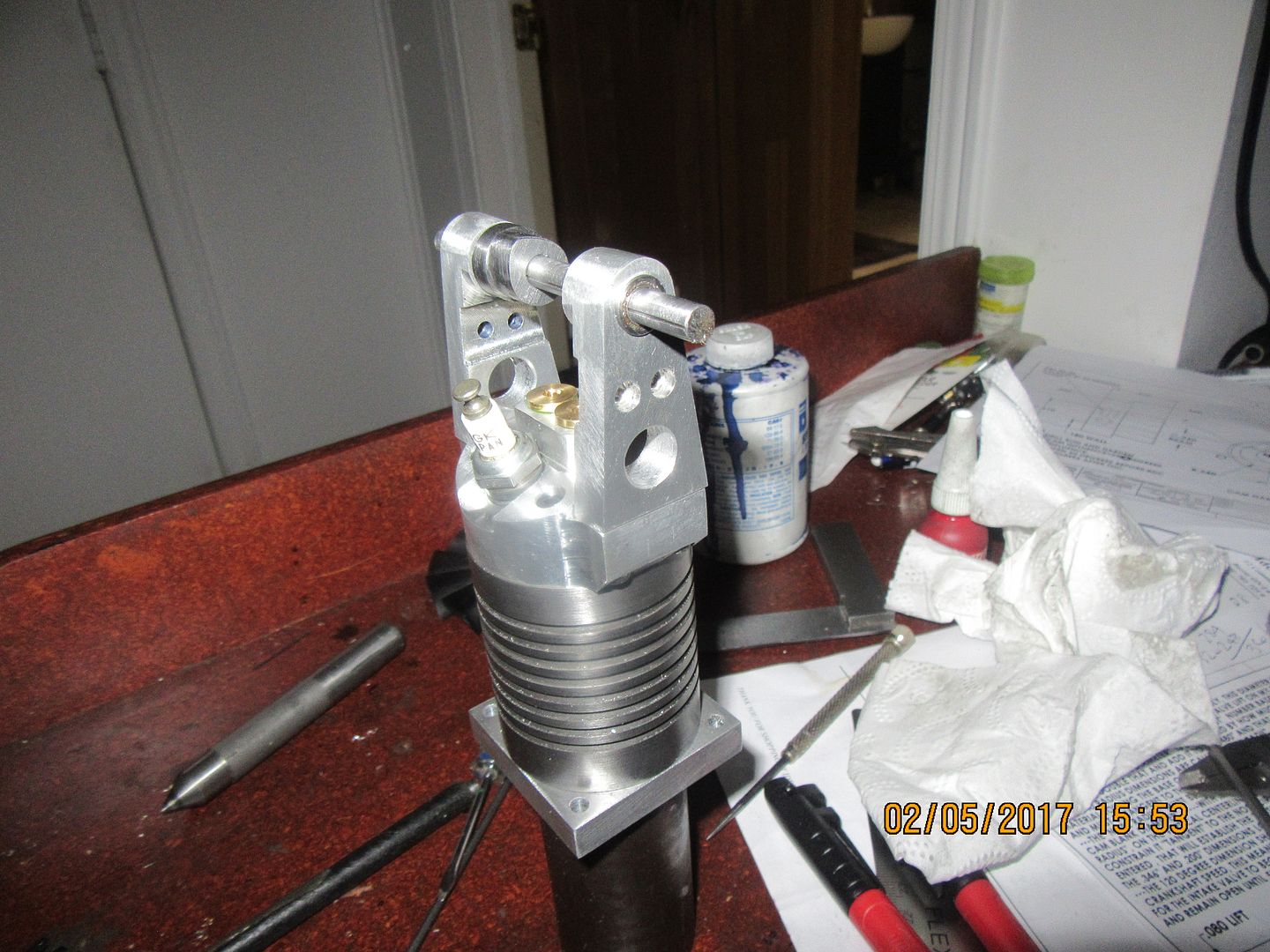Sorry brian but when i read the first sentence I had to laugh.
Suggestion 1 - Mount your readout on the wall left enough of the chuck so coolant wont splash on it and swarf wont get flung on it. This way you can switch your eyes back and fourth between the chuck and display without even moving your head. It's a bit more comfortable than having to turn your head to the left all the time.
Suggestion 2 - When you power feed watch the DRO on the first pass to get the shoulder located. Then power feed watching the part and run right up just short of the shoulder and undo the power feed lever. Then look at the DRO and finish up the last bit. With a little practice you will be able to stop .010 short of the shoulder and then just bump in by hand. This way you are never power feeding without looking at the actual tool bit.
Once you get used to it, you will never want to be without the darn thing.
Suggestion 1 - Mount your readout on the wall left enough of the chuck so coolant wont splash on it and swarf wont get flung on it. This way you can switch your eyes back and fourth between the chuck and display without even moving your head. It's a bit more comfortable than having to turn your head to the left all the time.
Suggestion 2 - When you power feed watch the DRO on the first pass to get the shoulder located. Then power feed watching the part and run right up just short of the shoulder and undo the power feed lever. Then look at the DRO and finish up the last bit. With a little practice you will be able to stop .010 short of the shoulder and then just bump in by hand. This way you are never power feeding without looking at the actual tool bit.
Once you get used to it, you will never want to be without the darn thing.





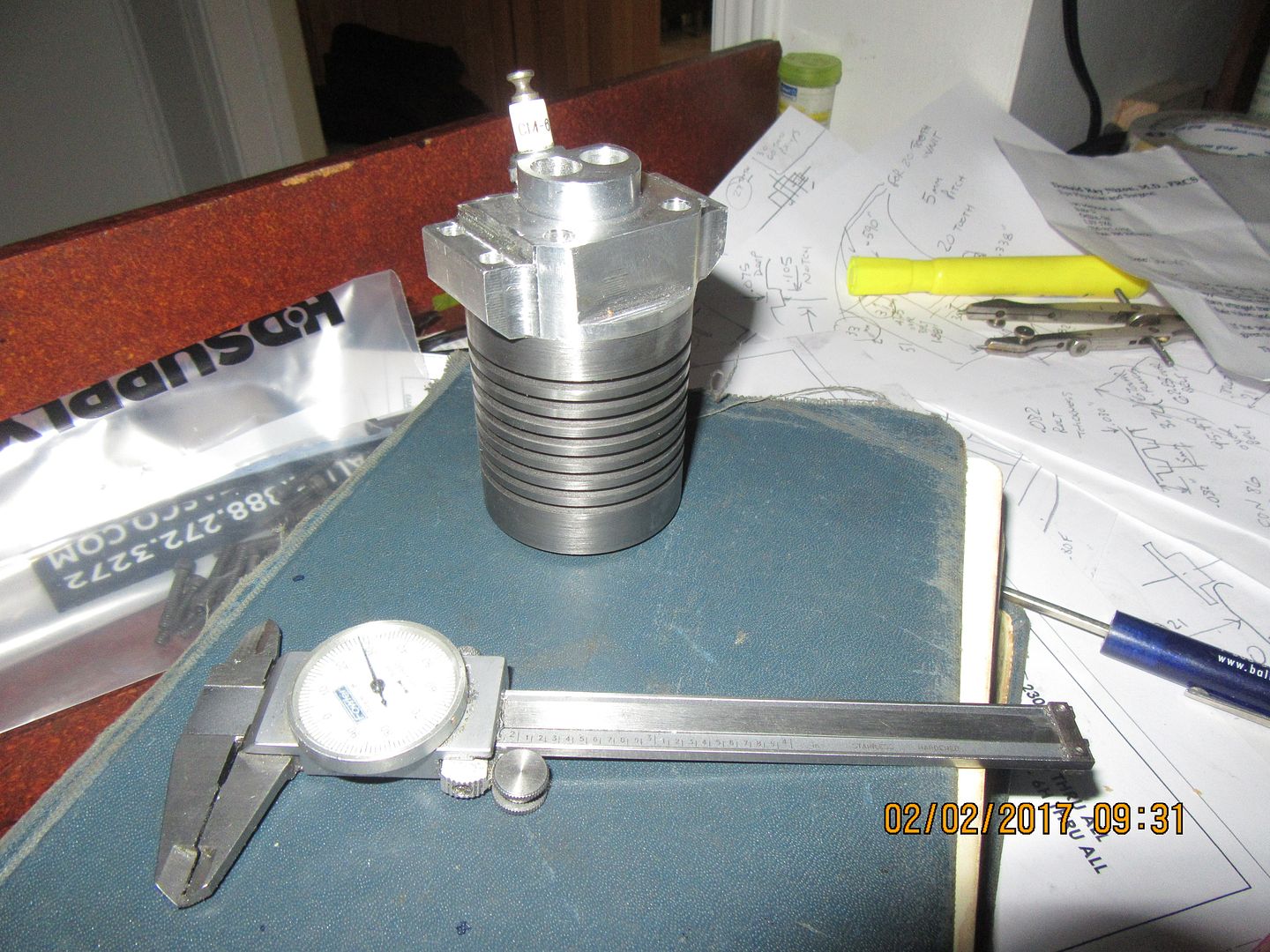












































![DreamPlan Home Design and Landscaping Software Free for Windows [PC Download]](https://m.media-amazon.com/images/I/51kvZH2dVLL._SL500_.jpg)










